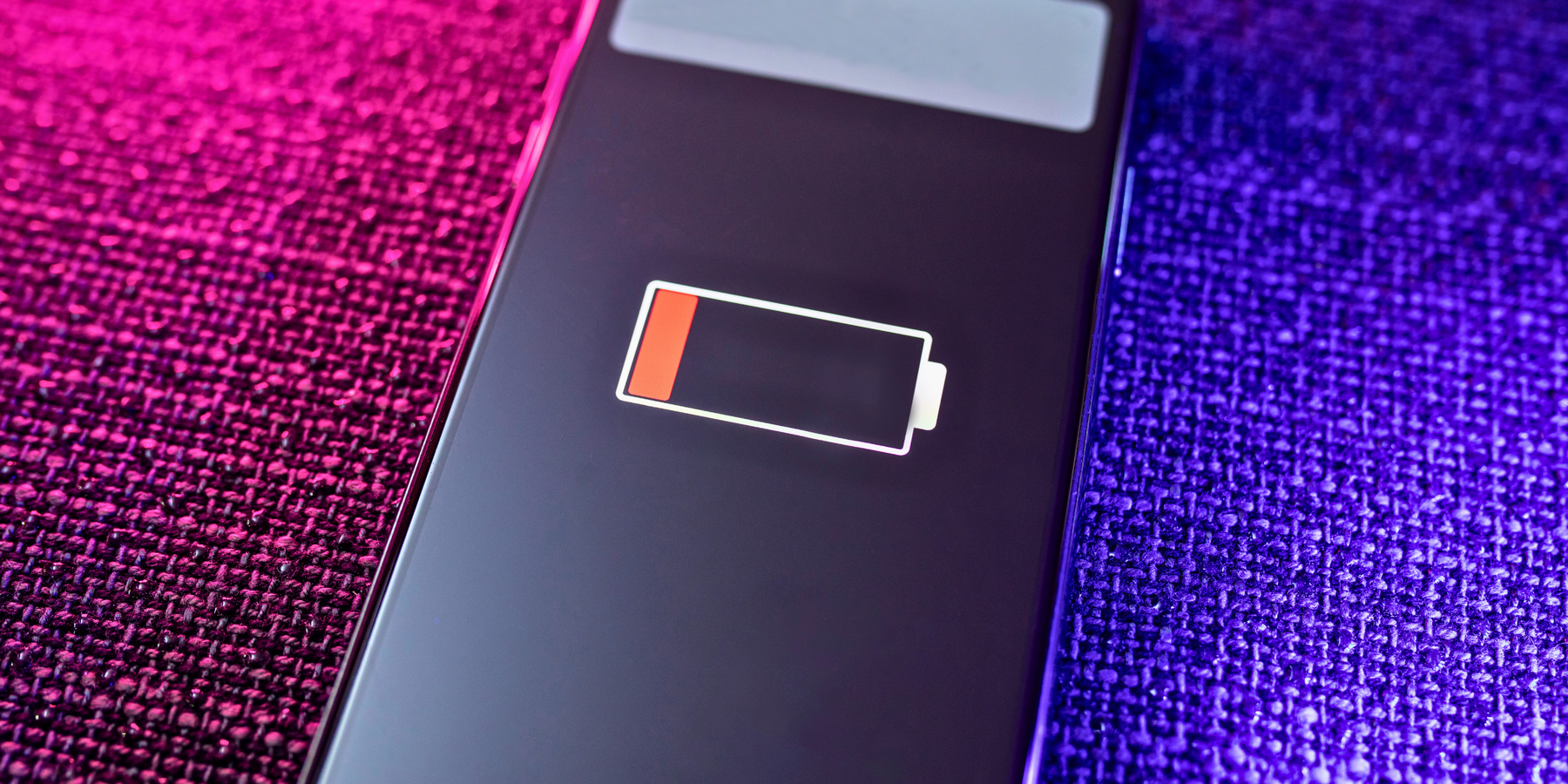¡Sé el primero en escuchar sobre los teléfonos más nuevos!

Battery Degradation
A battery's performance can decline over time due to several factors, and the specific details may vary depending on the type of battery (e.g., lithium-ion, nickel-cadmium, lead-acid) and its usage conditions.
Here are some common factors that contribute to the decline in battery performance:
Capacity Degradation:
Over time, a battery's capacity to store and deliver energy decreases. This means the battery holds less charge and provides less runtime. This is often referred to as "capacity fade." The rate of capacity degradation can vary between battery chemistries.
Cycle Aging:
Charging and discharging a battery constitutes one cycle. Lithium-ion batteries, for example, have a limited number of charge cycles (typically several hundred) before their capacity significantly degrades. Each cycle contributes to gradual wear and tear on the battery.
High Temperatures:
Exposure to high temperatures, whether during operation or storage, can accelerate the aging process of a battery. Heat causes chemical reactions inside the battery that can lead to capacity loss and decreased overall lifespan.
Depth of Discharge:
Fully discharging a battery before recharging it can cause additional stress on the battery, leading to faster capacity degradation. It's often recommended to avoid deep discharges whenever possible.
Overcharging:
Overcharging a battery, particularly for extended periods, can cause damage and reduce its lifespan. Modern devices and chargers typically include mechanisms to prevent overcharging.
Undercharging:
Leaving a battery in a deeply discharged state for extended periods can lead to irreversible damage. Lithium-ion batteries, in particular, can become unstable if discharged too low.
Age:
Even when not in use, batteries gradually degrade over time due to natural chemical processes. This is known as "calendar aging." The rate of calendar aging depends on the battery chemistry.
Manufacturing Quality:
The quality of the battery and its components, including the electrodes and electrolyte, can affect its long-term performance. Lower-quality batteries may degrade more rapidly.
Environmental Factors:
Environmental conditions, such as humidity and exposure to corrosive substances, can impact battery health over time.
Usage Patterns:
How a battery is used can also affect its lifespan. Heavy usage, rapid charging, and frequent deep discharges can lead to faster capacity loss.
How to extend battery life and maintain performance?
To extend the life and maintain the performance of your batteries, consider the following practices:
- Store batteries in a cool, dry place.
- Avoid extreme temperatures.
- Use the manufacturer's recommended charger and charging practices.
- Charge your device before it reaches a critically low battery level.
- If you're storing a battery for an extended period, store it with a charge level between 20% and 50%.
- Be mindful of environmental conditions.
Keep in mind that different battery chemistries have varying characteristics and lifespans. Lithium-ion batteries are commonly used in smartphones and laptops, and they have different aging characteristics compared to, say, lead-acid batteries used in vehicles. Always follow manufacturer recommendations for specific battery care and replacement guidelines.

Dejar un comentario